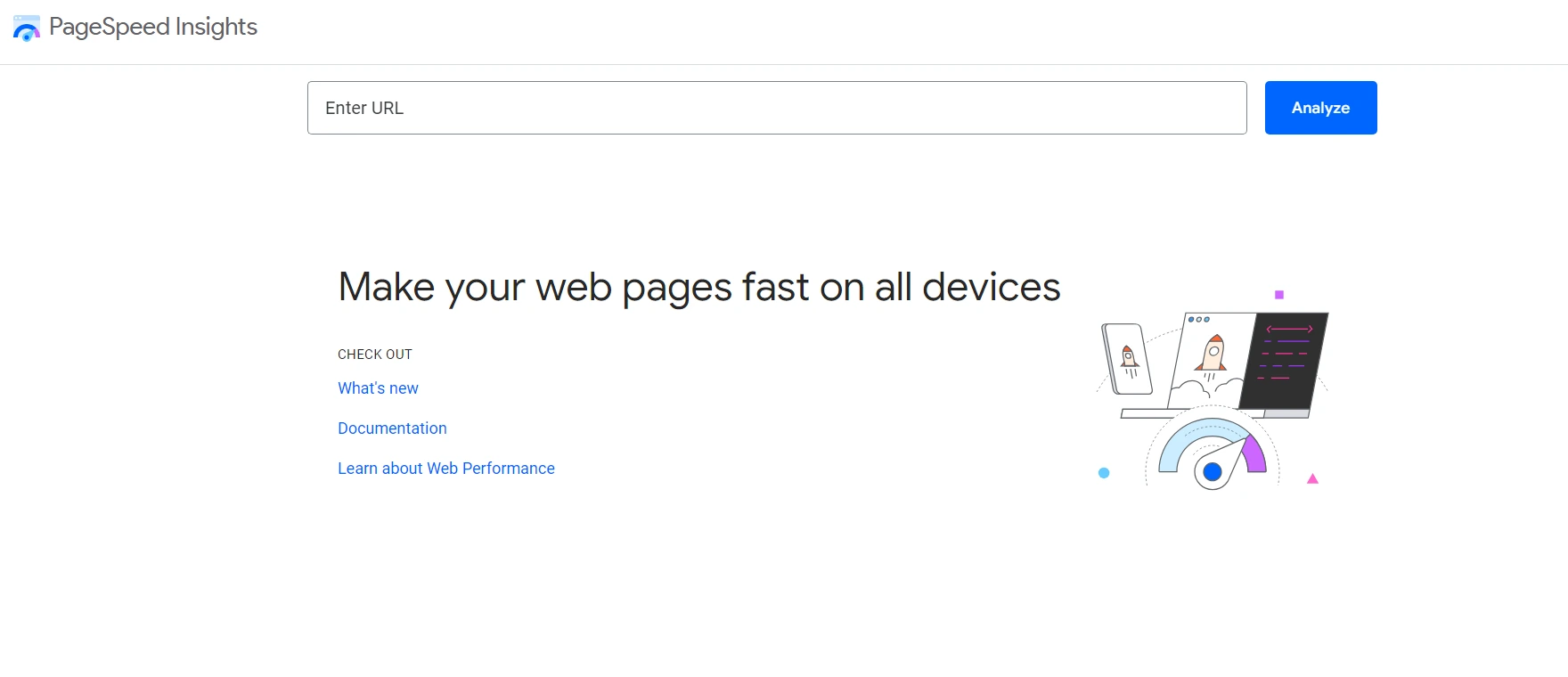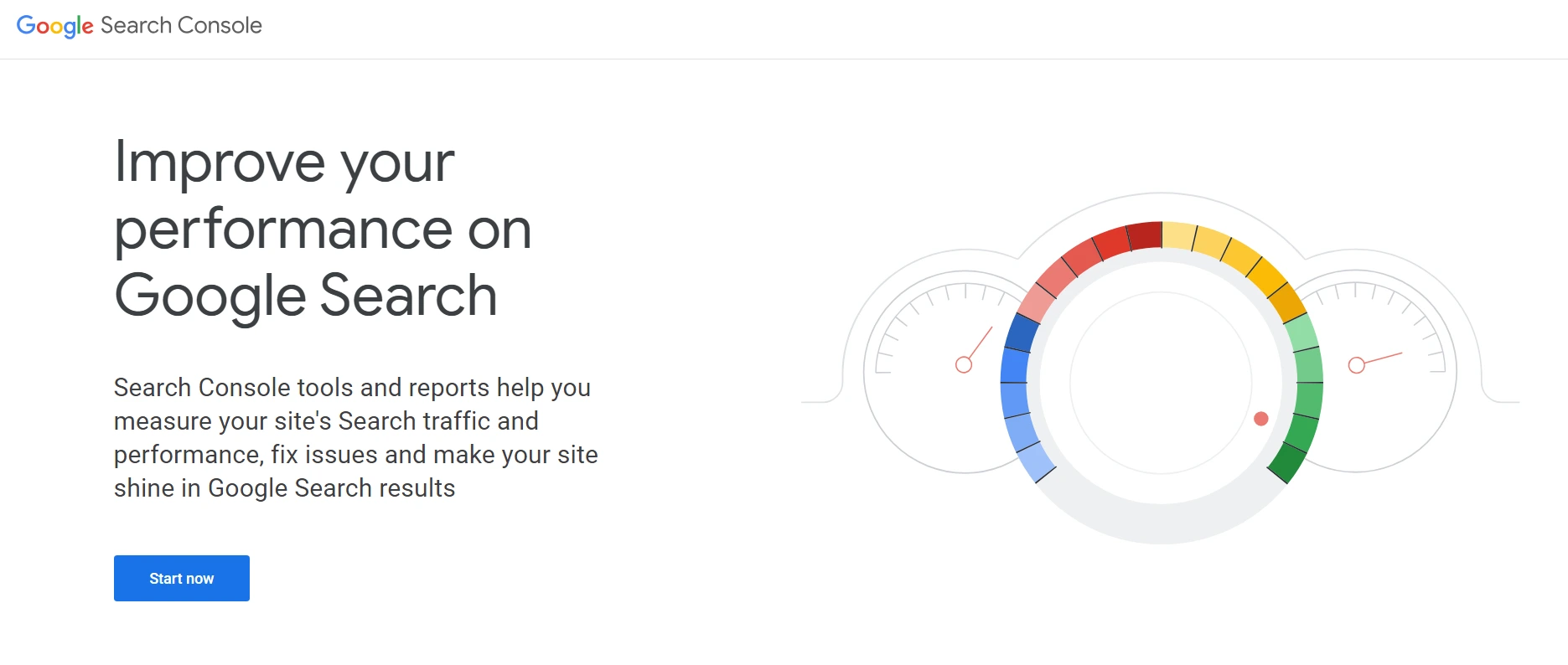- Home
- -Blog
How Developers Improve Website Performance and SEO for Small Businesses

- 06 Nov 2024
- Shabir Ahmad
-
Introduction
-
Understanding Website Performance
- Load times: measure how fast the content of your website appears when someone visits it. The faster your website loads, the better experience users will have.
- Responsiveness: refers to how well your site adapts to different devices, such as phones, tablets, or desktops, ensuring it works properly on all screen sizes.
- User experience (UX): is the overall feel and ease of navigating the website. A website that's fast and easy to use improves the experience, making visitors more likely to stay and explore.
-
Key Factors Affecting Website Load Times
- Server Response Time:This is how long it takes for your website's server to respond when someone tries to visit your site. If the server is slow or overloaded, your site will take longer to load. Using a good hosting provider and optimizing the server setup can help reduce response times.Digital companies leverage dedicated game server hosting to achieve optimal performance and response times across high-traffic applications.
- Image and Media Optimization: Large image files and media can significantly slow down a website. By compressing images and using the right formats, you can reduce their size without losing quality. This helps your site load faster while still looking good.
- Code Efficiency and Minification:Websites are built using code, and if that code is messy or contains unnecessary elements, it can slow things down. Developers can "minify" the code, which means removing any extra spaces, comments, or redundant elements to make it leaner and quicker to load.
- Use of Content Delivery Networks (CDNs): A CDN stores copies of your website's files on servers around the world. When someone visits your site, the CDN delivers the content from the server closest to them, speeding up the load time. This is especially helpful for businesses with visitors from different regions.
-
Role of Professional Developers in Enhancing Performance
- Optimizing Server Configurations: Developers can fine-tune the settings of the website's server to make sure it handles traffic efficiently. This can include choosing the right hosting plan, adjusting database settings, and ensuring the server responds quickly to requests. A well-optimized server helps reduce load times, especially during periods of high traffic.
- Implementing Caching Strategies: Caching stores copies of your website's pages and data, allowing returning users to load the site faster. Developers set up caching so that commonly accessed content doesn't have to reload from scratch each time a visitor comes back. This reduces the load on the server and speeds up the browsing experience.
- Reducing HTTP Requests: Every time a webpage loads, it sends multiple requests to the server (for images, styles, scripts, etc.). The more requests, the longer it takes. Developers can reduce the number of these requests by combining files, removing unnecessary elements, and optimizing the page structure. Fewer requests mean faster load times.
- Ensuring Mobile Optimization: Mobile users make up a huge part of website traffic today, so it's crucial that websites load quickly and display properly on phones and tablets. Developers optimize the design and functionality for mobile devices, ensuring that the site is responsive and performs well on smaller screens. This boosts user experience and helps with search engine rankings. Many businesses aiming to improve performance and scalability turn to PHP web development in India, where experienced developers offer tailored solutions for high-traffic websites with a focus on speed, responsiveness, and efficiency
-
Understanding Search Engine Optimization (SEO)
- On-page SEO focuses on optimizing the content and structure of your website. This includes using the right keywords in your content, optimizing meta tags (titles and descriptions), improving page load speed, and ensuring that your site is mobile-friendly. On-page SEO helps search engines understand what your site is about and determine how relevant it is to a user's search.
- Off-page SEO involves activities that happen outside your website but impact its ranking. This includes building links from other websites to your own (called backlinks) and establishing your site as a trusted authority in your industry. Off-page SEO helps build credibility and boosts your ranking in search results.
-
On-Page SEO Techniques Implemented by Developers
- Optimizing Meta Tags and Descriptions: Meta tags, especially the title and description, are crucial for search engine rankings. Developers ensure that each page on your website has clear and concise meta tags with relevant keywords. These tags help search engines understand what each page is about and attract users by making your listing more appealing in search results. Free Tools like the Attrock Meta Tag Analyzer analyze your existing meta title and description tags, ensuring they're well-crafted to align with SEO best practices.
- Structuring URLs and Using Proper Headings: URLs should be clean and easy to read, including keywords related to the page content. Developers make sure the URLs are structured properly for SEO. They also use proper headings (H1, H2, H3) to organize the content on your pages. Headings not only improve readability for users but also help search engines better understand the structure and hierarchy of your content.
- Ensuring Website Crawlability and Indexability: Search engines need to be able to "crawl" and "index" your website's content. Developers set up your site so that all important pages can be easily crawled by search engine bots. They also make sure that the site's robots.txt file and sitemap are properly configured, guiding search engines to the most important content while excluding unnecessary or private pages from being indexed.
- Implementing Schema Markup: Schema markup is code added to your website that helps search engines understand the content better and display rich snippets in search results (like reviews, product prices, or event details). Developers can add schema markup to improve the way your site appears in search results, increasing click-through rates and driving more traffic.
-
Technical SEO Enhancements
- Improving Site Architecture and Navigation: A well-structured website helps search engines and users find content easily. Developers organize the site's layout so that it has a clear structure with logical paths from one page to another. This improves user experience and makes it easier for search engines to crawl the site. A good internal linking strategy also helps spread authority across pages, boosting overall SEO.
- Ensuring Secure Connections (HTTPS): Security is important not just for protecting your visitors, but also for SEO. Websites using HTTPS encryption are trusted more by search engines and users. Developers ensure your site is secured with HTTPS, which can improve rankings and give visitors peace of mind knowing their data is protected.
- Fixing Broken Links and Avoiding Duplicate Content: Broken links (links that lead to non-existent pages) can hurt your SEO and user experience. Developers regularly check for and fix broken links, ensuring visitors don't hit dead ends. They also address issues with duplicate content, which can confuse search engines and lead to lower rankings. Developers set up proper redirects and use canonical tags to make sure only the preferred version of content is indexed.
-
Measuring and Monitoring Performance and SEO
- Tools for Tracking Website Speed and Performance: One of the most common tools for measuring website speed is Google PageSpeed Insights. This tool analyzes your website and gives you a score based on how fast it loads, along with suggestions for improvements. Other tools like GTmetrix and Pingdom can also provide insights into load times, server response times, and overall performance, helping developers fine-tune your site to be faster and more responsive.
- SEO Analytics Tools for Monitoring Rankings and Traffic: Developers use tools like Google Analytics and Google Search Console to monitor your site's traffic, keyword rankings, and overall SEO health. Google Analytics shows how visitors are interacting with your site, where they're coming from, and how long they stay. Google Search Console helps track how your site is performing in search results, alerting you to any issues such as crawling errors or security problems. These tools are essential for identifying areas where SEO and performance can be improved over time.
Common Challenges and Solutions
- Balancing High-Quality Media with Load Times: High-quality images and videos can improve user engagement, but they also slow down your website. Developers solve this by compressing media files to reduce their size without losing quality. They may also use lazy loading, where images load only as a user scrolls, to help keep the initial load time fast.
- Keeping Up with SEO Algorithm Changes: Search engines, especially Google, frequently update their algorithms. This can impact your site's rankings if not addressed. Developers and SEO experts stay informed about these changes and adjust strategies accordingly. Regular audits and updates to on-page and technical SEO ensure that the website stays optimized even as rules change.
- Ensuring Website Accessibility and Compliance: Websites need to be accessible to all users, including those with disabilities, and must comply with legal standards like the Americans with Disabilities Act (ADA). Developers make sure that websites follow best practices for accessibility, such as adding alt text to images, ensuring keyboard navigation, and using proper color contrasts. This not only improves user experience but can also positively affect SEO rankings.
For small and mid-sized businesses, a well-performing website is essential. It's not just about having a presence online; it's about providing a fast, user-friendly experience that keeps visitors engaged and encourages them to take action. Slow load times or poorly optimized websites can drive potential customers away, costing businesses sales and opportunities.
Search Engine Optimization (SEO) is another critical factor. Good SEO ensures that your website shows up in search results, helping you attract more traffic without paying for ads. For businesses that rely on local customers or online sales, ranking well in search engines can make a big difference.
Professional developers play a key role in improving both performance and SEO. They know how to optimize the technical aspects of a website to make it load faster, work smoothly on all devices, and follow SEO best practices. This ensures that your site not only looks good but also performs well, helping you attract more visitors and convert them into customers.

Website performance refers to how quickly and smoothly a website loads and functions for users. The key metrics that define performance include load times, responsiveness, and overall user experience.
The impact of website performance on business is significant. Slow websites frustrate users and often lead to higher bounce rates, where visitors leave the site quickly. Studies show that even a delay of a few seconds can cause a drop in engagement and sales.On the other hand, faster websites improve user satisfaction, leading to better engagement, higher conversion rates, and more sales for the business. Investing in high-performance hosting solutions can further enhance website speed and reliability, ensuring a seamless experience for users worldwide. For example, using Dedicated Server hosting in Latvia can significantly improve loading speeds and reduce latency for European visitors, making it an excellent choice for businesses targeting that region.
Several factors can impact how quickly your website loads. Here are the main ones:
Professional developers play a critical role in improving website performance by addressing several key technical areas:

Search Engine Optimization (SEO) refers to the process of improving a website so that it ranks higher in search engine results. The goal is to make your website more visible to people searching for the products or services you offer. For small and mid-sized businesses, good SEO is essential because it helps attract more visitors without paying for ads. The higher your site appears in search results, the more traffic you'll get, which can lead to more customers. So, take a look at an SEO glossary-it'll help you understand key terms and make smarter optimization choices.
There are two main types of SEO: on-page and off-page.
Both on-page and off-page SEO are important for driving organic traffic to your website and improving your online presence.

Professional developers use several techniques to improve on-page SEO. Here are the key methods they implement:
For service businesses like plumbing, a fast-loading website is essential to maximize conversions. Learn more about Website Performance & SEO for Plumbing Companies and how optimizing load times can help turn more visitors into leads.
Technical SEO focuses on optimizing the backend of your website to improve its search engine rankings. Here are key ways developers enhance technical SEO:
To keep your website running at its best and performing well in search engine rankings, it's important to measure and monitor both speed and SEO regularly. Here are the main tools developers use to track these factors:


By regularly using these tools, developers ensure that your website stays optimized for both performance and SEO, driving more traffic and conversions for your business.
Managing website performance and SEO comes with its own set of challenges, especially for small and mid-sized businesses. Here are some common issues developers face and how they address them:
Conclusion
For small and mid-sized businesses, optimizing website performance and SEO is key to driving traffic and conversions. A well-performing website that loads quickly, is user-friendly and ranks well in search engines can make a significant difference in attracting and keeping customers.
Professional developers play a crucial role in ensuring your website performs at its best. From improving load times and ensuring mobile optimization to implementing SEO best practices, they help your website stand out in a crowded online market. Regular monitoring and updates keep your site competitive, adapting to changes in SEO algorithms and user expectations.
Investing in these improvements is essential for long-term success, as a fast, optimized website not only delivers a better experience for visitors but also helps boost your visibility and credibility online.



